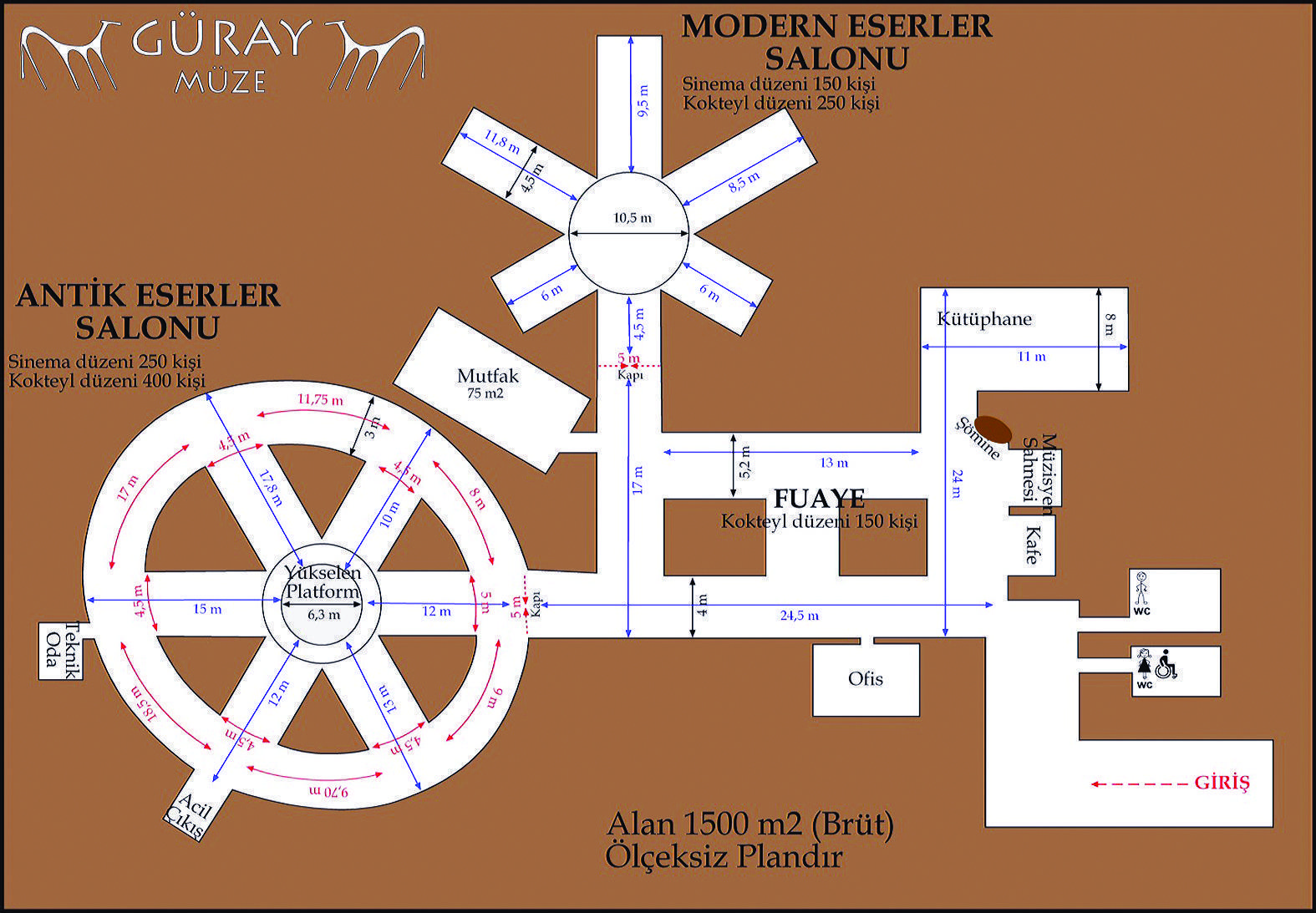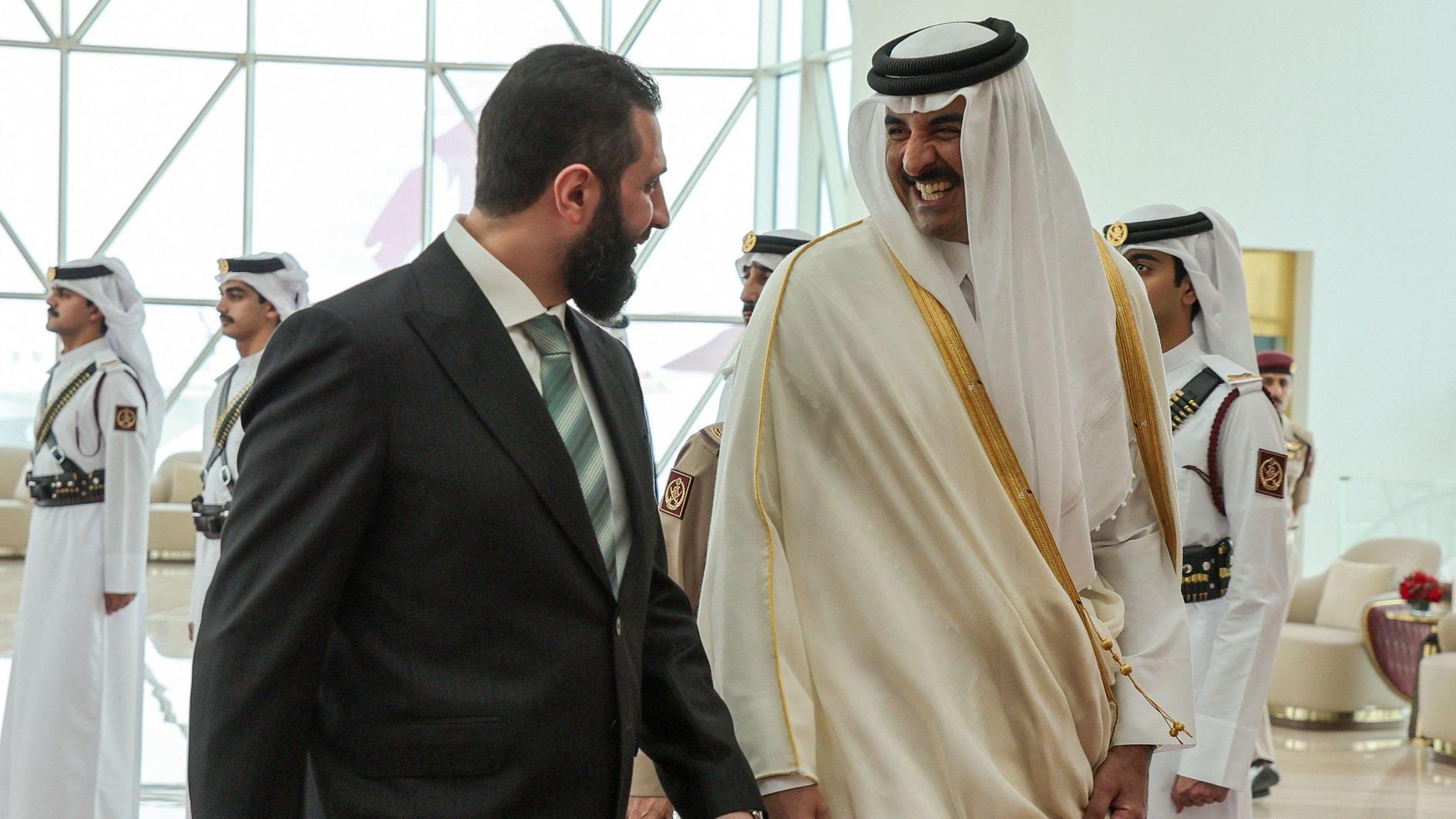World's most unique museum in Avanos
ÖZGEN ACAR
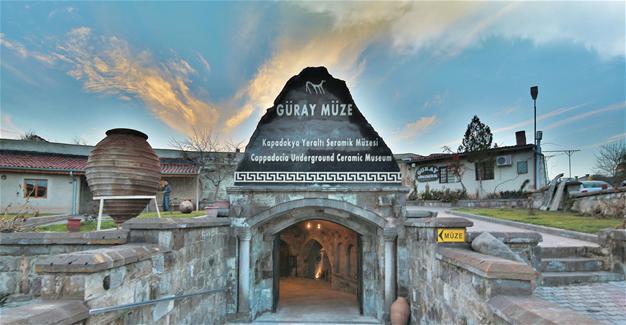 You cannot see a museum 20 meters underground in any other part of the world. You are strictly recommended to visit the new Güray Museum in Nevşehir’s Avanos district. Because, neither today, nor in the future, you will have the chance to see this “extraordinary museum” in any other place.
You cannot see a museum 20 meters underground in any other part of the world. You are strictly recommended to visit the new Güray Museum in Nevşehir’s Avanos district. Because, neither today, nor in the future, you will have the chance to see this “extraordinary museum” in any other place. Inspired from Cappadocia’s traditional underground architecture, the world’s one and only “underground ceramic museum” standing on an area of 1,600 square meters will amaze you just like the other local and foreign visitors.
The museum, the construction of which started in 2008 with special tools to carve the rocks, opened in April 2015.
Photo 1

Why Avanos?
The history of Avanos, located 18 kilometers away from Nevşehir, dates back to the Hittites. At a research on the Hittite tablets in 1926, Swiss linguist Emile Forrer identified that the former name of Avanos was Zuwinasa. Another researcher found the name Nenassa on a Syriac tablet. Ancient historian-researcher Strabo mentioned Avanos as “Ouenasa,” while the Ottoman documents mentioned it as “Evenez.”
Since the Hittites, Avanos may be called the “capital of pottery.” The pottery handicraft, which has been transmitted from father to son and from son to grandson since the past, proves this title.
The quality of the ceramics made in this region comes from soft and oily clay lump on the hills around Avanos and in old river beds of Kızılırmak. Clay lump is sifted first and then turned into mud after being knead.
Mud is given shape in machines, called wheel, and turned into pottery. After being dried under the sun and then in the shadow, they are cooked in kilns and heated with straw and sawdust in 80-1200 centigrade degree.
How the ceramic museum was born
As for the one and only underground museum in the world, Güray Museum, let’s get to know about the creator of this unique museum, Mustafa Güray Tüysüz, first.
The tradition of Avanos pottery is the most important inheritance left from father to son. Güray learned pottery from his grandfather Mustafa.
Photo 2

When plastic began to be used in daily life in the 1960s, interest in pottery fell. When the tradition of pottery lost attraction, his father got involved in civil service. But grandfather Mustafa asked his grandson to continue this historical tradition; so he used an interesting method.
Grandfather Mustafa thought his grandson Mustafa should not only learn pottery making but also its trade, with an interesting method. The grandfather used to display and sell pottery to villagers, who came to the Friday bazaar in Avanos.
One day, he reserved 10 of his potteries and told his 15-year-old grandson Mustafa the following: “These are yours; their income is yours, too. You will make sale here every Friday.” The grandson liked earning money. To my surprise, the grandfather sent his own customers to the grandson.
The grandson, a graduate of the Faculty of Languages, History and Geography Department’s French Language and Literature, got into the traditional pottery of Avanos.
Two facts about the concept of museum had an impact on the grandson Mustafa. First, he began collecting historical potteries in the region and received the collector certificate from the Culture and Tourism Ministry. Second was the questions from tourists when they learned that he was fifth generation and when they asked questions such as “do you have potteries from your ancestors? Can we see them?”
Sections of the museum
This extraordinary museum is made up of three sections:
Antique Works Hall: The star-planned hall is surrounded by a tunnel. This 11-meter-wide and eight-meter-high area has a dome with a nine-meter diameter.
Photo 3
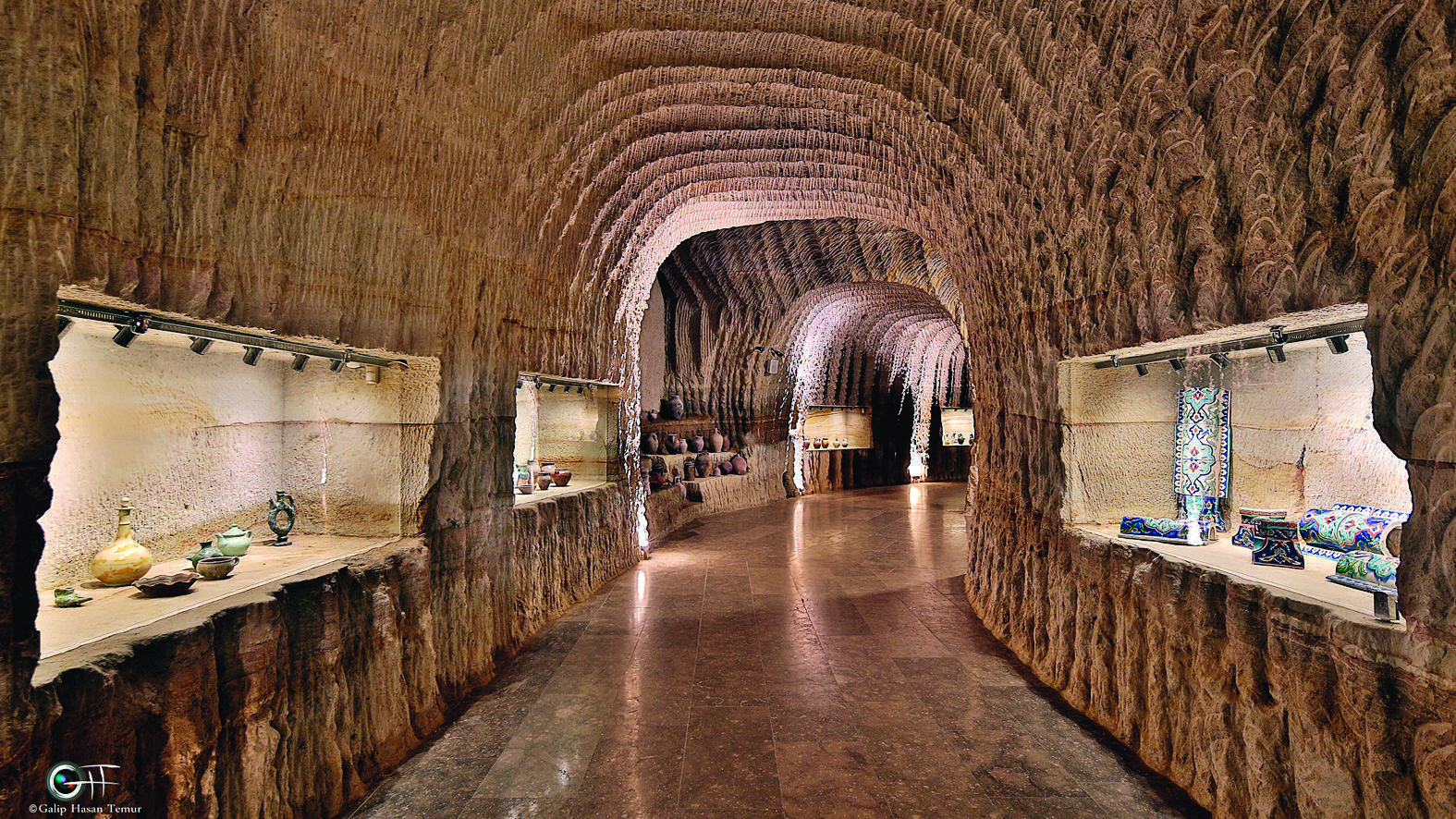
The layout of this hall is chronological and it displays artifacts from the late Chalcolithic (mine-stone), Bronze Age, Iron Age, Hellenistic, Roman, Byzantine, Seljuk and Ottoman periods.
Photo 4A
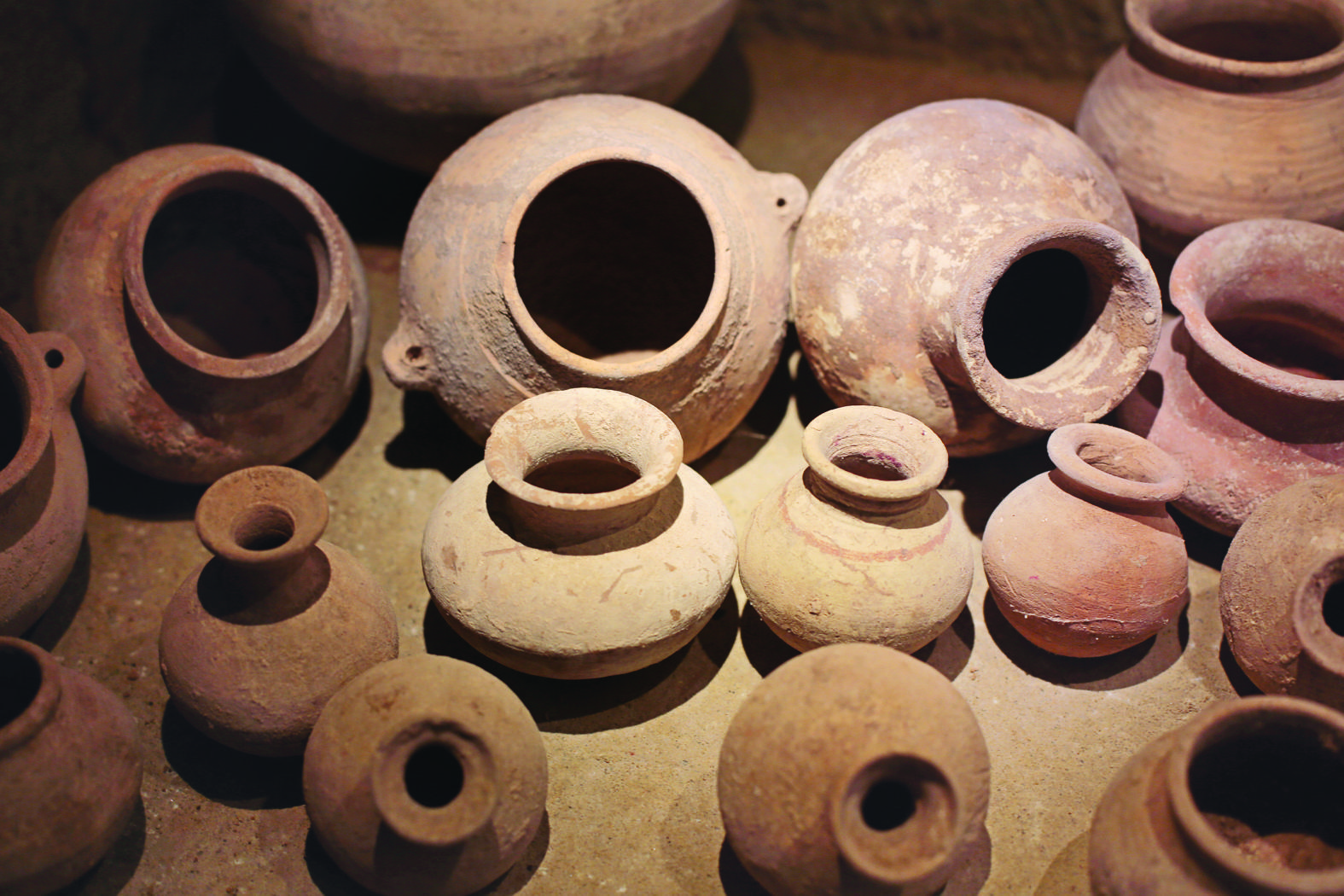
Photo 4 B

Modern Works Hall: This hall has a dome and is star-planned, too. It is 10 meters in width, six meters in height and seven meters in diameter. This hall displays works by Turkey’s famous contemporary and traditional ceramic artists.
Photo 5
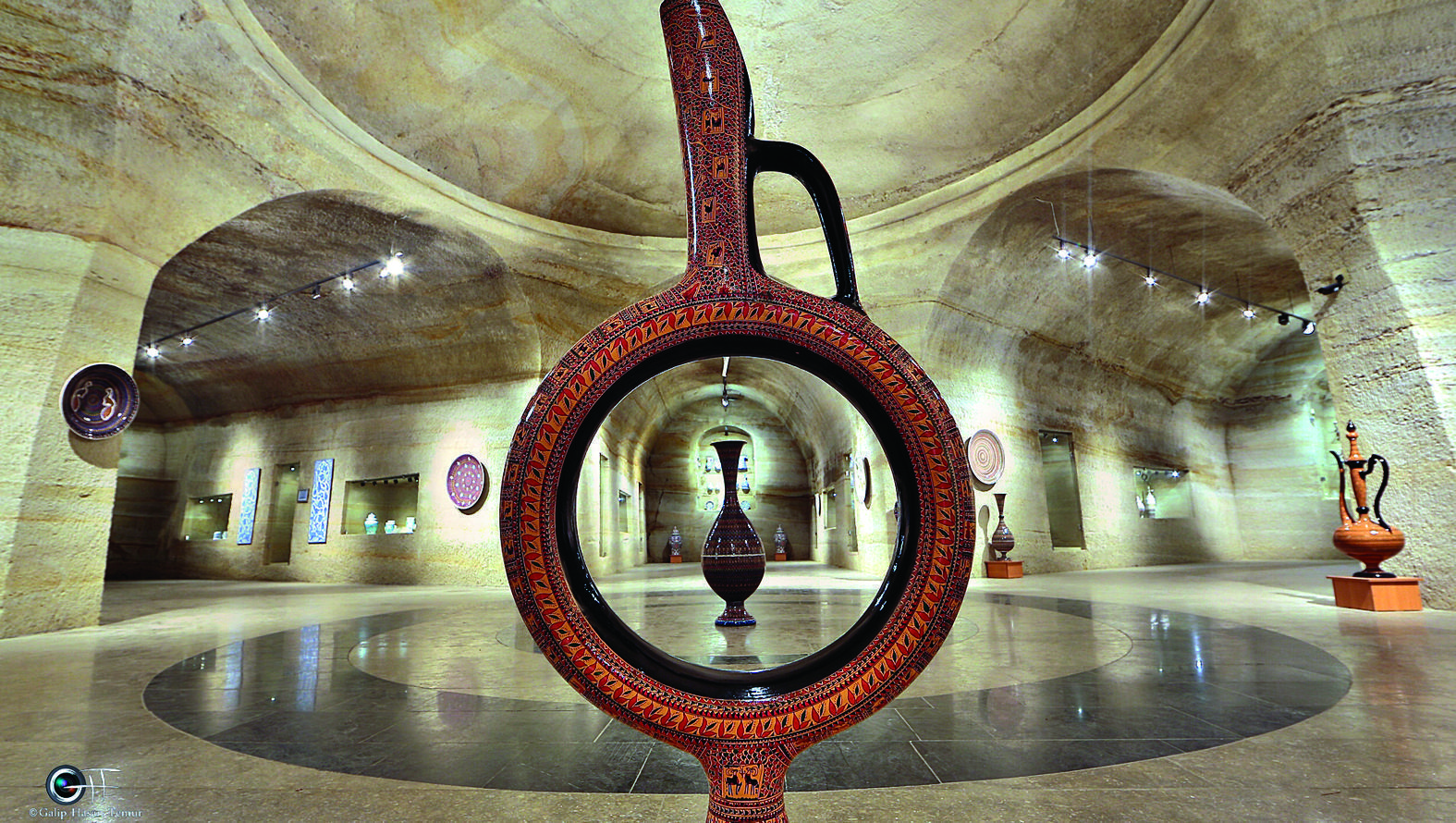
Among these artists are , Turgut Tuna, Mehmet Gürsoy, İsmail Yiğit, Saim Kolhan, Necip Savcı, Hasan Hüseyin Savcı, Mehmet Tüzüm Kızılcan, Mehmet Koçer, Hamza Üstünkaya, Zehra Çobanlı, Ömür Tokgöz, Tayfun Küçükcan, Nurdan Bozkurt, Ayfer Karamani, Vedat Kaçar and Nusret Algan.
Art Gallery – Cafeteria: This is made up of the entrance and resting area with an exhibition hall, library, cafeteria and fireplace. This is an active and changeable area where artists display their latest artworks in every field of fine arts such as painting, sculpture, ceramic and photography.
Photo 6
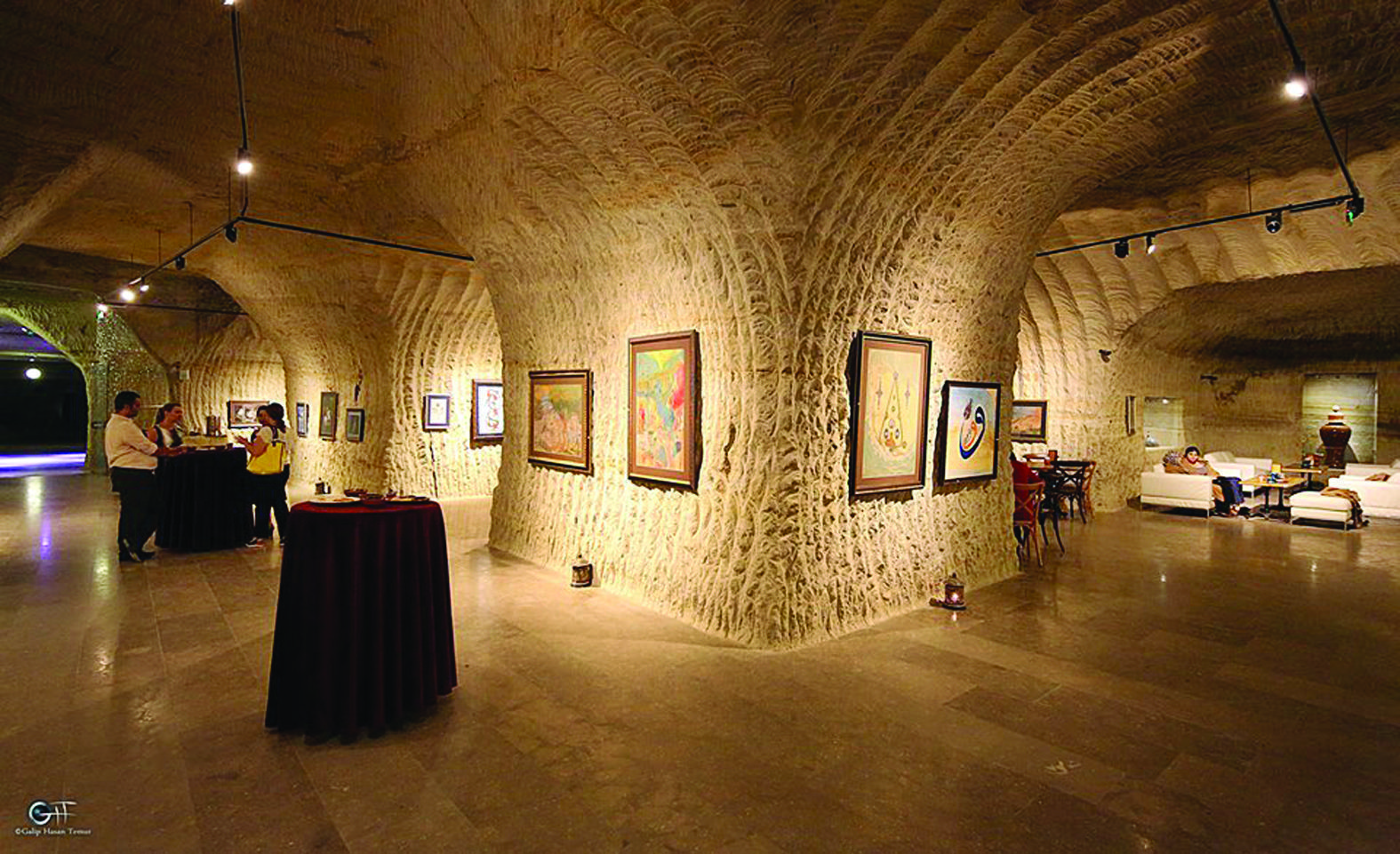
The museum is open throughout the year and also serves for various events such as 700-person capacity dinner parties, workshops, cocktails, dance and Mevlevi shows and concerts.
Photo 7
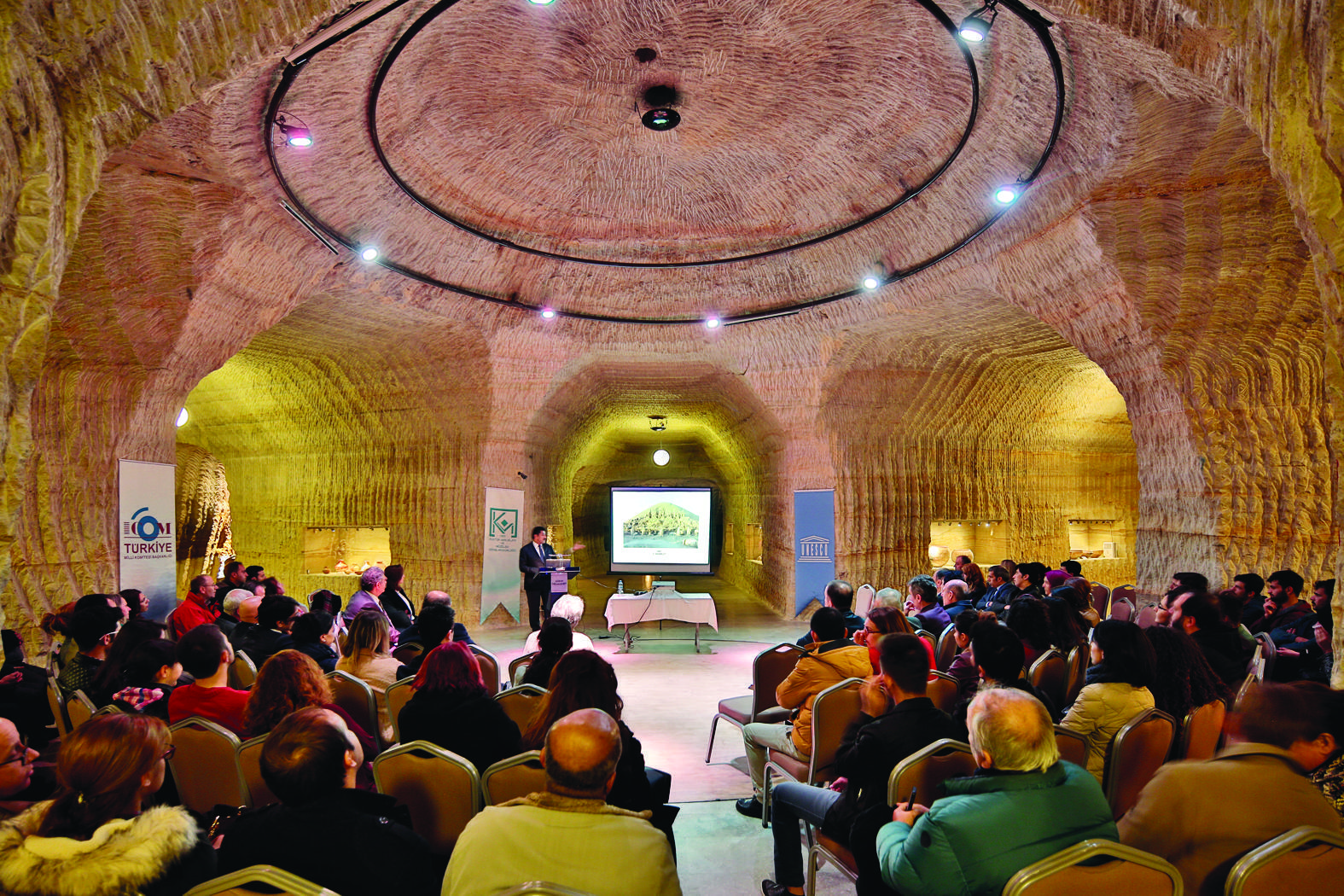
To the attention of the business world!
Photo 8

What is interesting is that there is no necessity for an additional sound system for concerts in this environment of “natural acoustics.” I should also mention that this is a living museum, where lots of special exhibitions as well as national and international workshops and meetings were held in 1.5 years.
